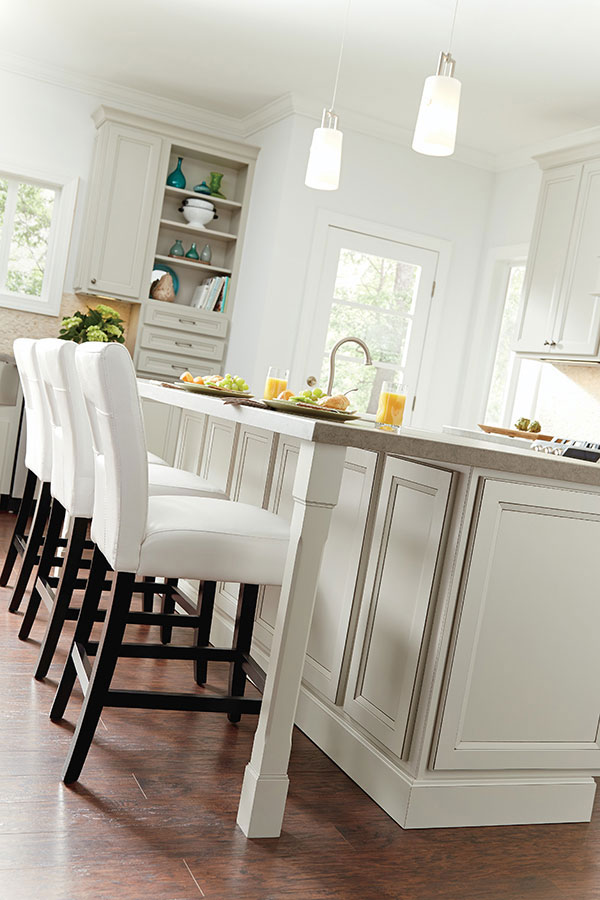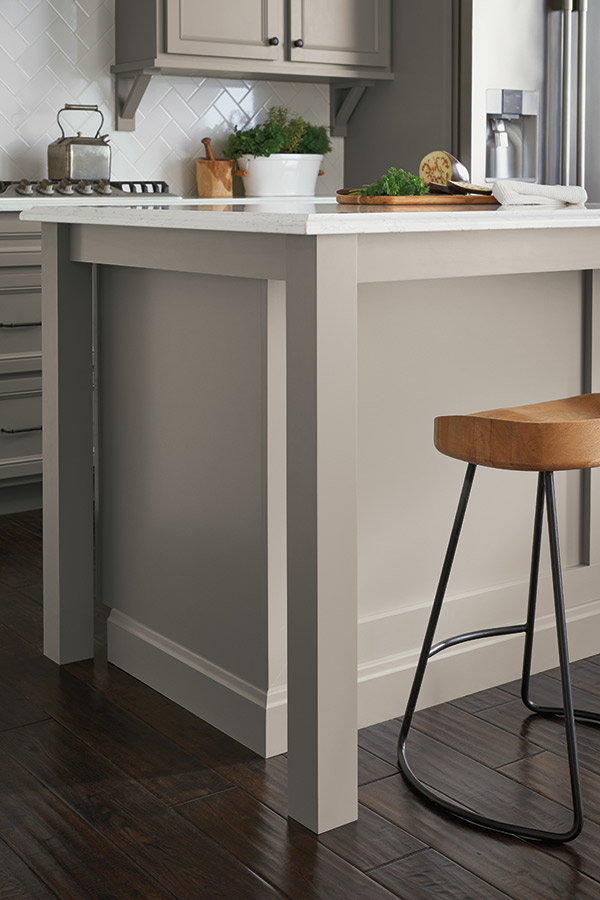Change Any Kitchen Area with Attractive Legs For Kitchen Island Selections
Change Any Kitchen Area with Attractive Legs For Kitchen Island Selections
Blog Article
Important Factors to Consider When Picking Legs For Kitchen Area Island
Selecting the proper legs for a kitchen island includes a careful evaluation of numerous elements that can dramatically influence both capability and aesthetic charm. As we discover these elements, it ends up being clear that each choice can have far-reaching ramifications for the overall kitchen experience.
Material Options
When picking legs for a kitchen island, comprehending the numerous product options is necessary for attaining both aesthetic charm and architectural honesty (Legs For Kitchen Island). The choice of material substantially affects not just the resilience of the island yet likewise its total layout and functionality
Metal legs, typically made from stainless steel or wrought iron, contribute a modern-day and industrial feeling while ensuring longevity and stability. These products are resistant to put on and can support significant weight, making them optimal for bigger islands.
Another option is engineered products, like MDF or plywood, which can be much more cost-effective while still offering an array of finishes. They may not provide the very same level of stability as strong wood or metal. Legs For Kitchen Island. Last but not least, products such as acrylic or glass can create a modern appearance, though they may call for extra support to make certain security.
Ultimately, the option of material for kitchen island legs must align with the wanted performance and the overall style of the kitchen.
Design and Design

When considering design, the shape and coating of the legs are vital. Conical legs can offer a feeling of lightness and sophistication, while thicker, a lot more durable legs can communicate stamina and security. Furthermore, the surface-- be it repainted, stained, or natural-- ought to complement the cabinets and countertop materials to develop a unified appearance.
In addition, the layout of the legs can additionally mirror individual taste. Customized or decorative legs, such as those including detailed makings or unique geometric forms, can work as centerpieces, including personality and character to the kitchen. Ultimately, the appropriate option will not only boost capability however also boost the aesthetic appeal, making the cooking area island a standout function of the home.
Height Factors To Consider
Picking the suitable elevation for kitchen island legs is vital, as it directly affects both capability and comfort. The common height for a kitchen area island commonly ranges from 36 to 42 inches, lining up with usual countertop heights.

It is likewise necessary to make up individuals' heights and choices. Personalizing the height can make sure a comfortable experience for all member of the family, making the kitchen area island a more functional and satisfying space.
Weight Assistance
Guaranteeing ample weight support for kitchen island legs is essential for both safety and capability. The kitchen area island often offers multiple functions, consisting of food preparation, eating, and additional storage space, necessitating a robust assistance structure. When choosing legs, it is crucial to think about the total weight capacity needed based upon the island's intended usage and the products that will be put on it.
The selection of material for the legs plays a considerable duty in their weight-bearing capabilities. Solid timber, steel, and heavy-duty composites normally give exceptional stamina contrasted to lighter products. Additionally, the style of the legs-- whether they are directly, tapered, or have a pedestal kind-- can influence their ability to distribute weight successfully throughout the framework.
Constantly get in touch with the supplier's requirements pertaining to lots limitations to guarantee that the legs can maintain the designated weight without jeopardizing safety. In summary, picking cooking area island legs with appropriate weight support is vital for creating a useful and risk-free go to this site culinary space.
Installment and Upkeep
Appropriate installation and upkeep of kitchen area island legs are vital for ensuring long life and security. To begin, it is vital to adhere to the maker's guidelines throughout setup. This frequently involves safeguarding the legs to the island base making use of proper fasteners, making certain that the legs are level and aligned. Using a level device can help protect against wobbling and boost the general aesthetic charm of the kitchen island.
As soon as set up, normal maintenance wikipedia reference is needed to maintain the stability and look of the legs - Legs For Kitchen Island. For wooden legs, regular cleansing with a damp cloth and application of ideal timber polish can stop dampness damage and preserve their coating. Metal legs may need a mild cleaning service to eliminate oil and grime, followed by a dry fabric to avoid rust development
In addition, check the legs regularly for signs of wear or damages, such as cracks or loosened joints. Tightening up screws or screws as required can additionally lengthen the lifespan of the legs. By adhering to these installation and maintenance practices, homeowners can guarantee that their kitchen island remains durable and visually appealing for years to come.
Conclusion

Visual comprehensibility is paramount in selecting the style and style of legs for a kitchen area island, as these elements substantially affect the overall ambiance of the space. Tapered legs can offer a sense of lightness and sophistication, while thicker, extra durable legs can share toughness and security.Picking the ideal elevation for cooking area island legs is crucial, as it straight influences both capability and convenience. In recap, choosing kitchen area island legs with appropriate weight support is vital for producing a risk-free and practical culinary room.
In verdict, picking legs for a kitchen area island requires cautious consideration of various variables, consisting of product choices, style, elevation, weight assistance, and setup.
Report this page